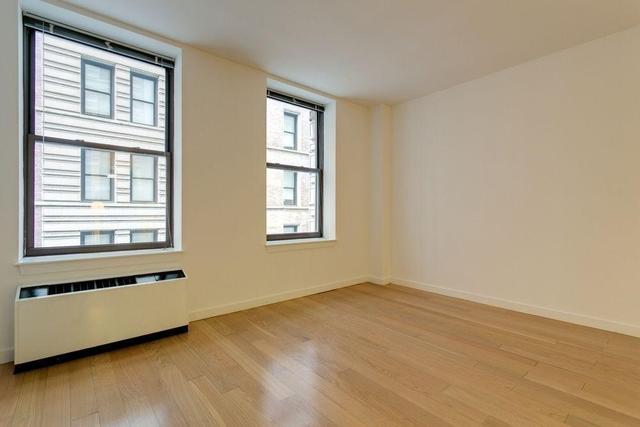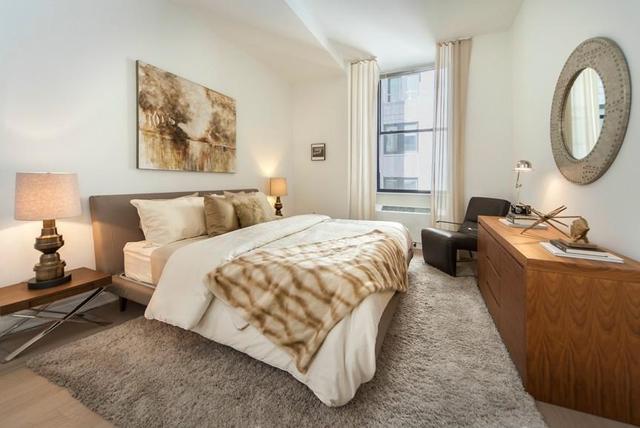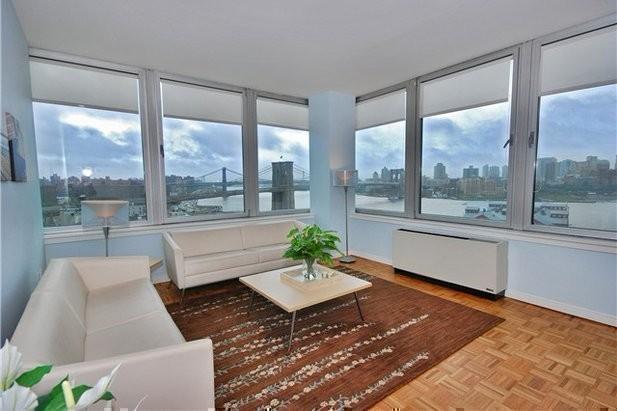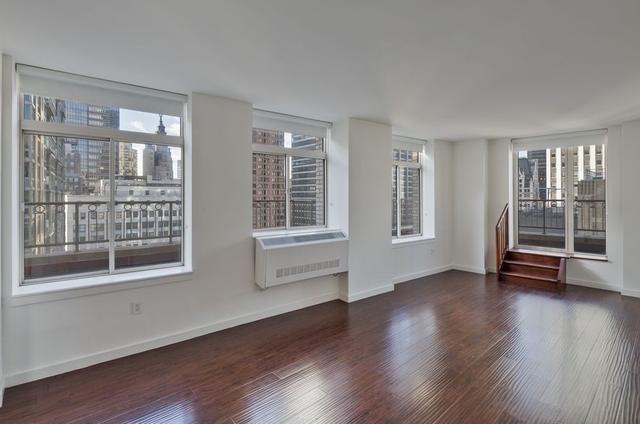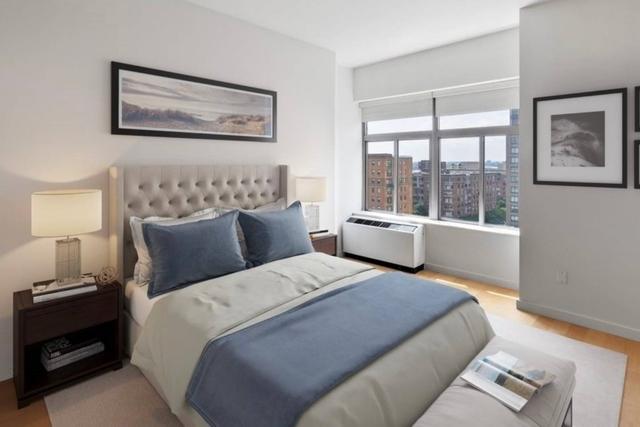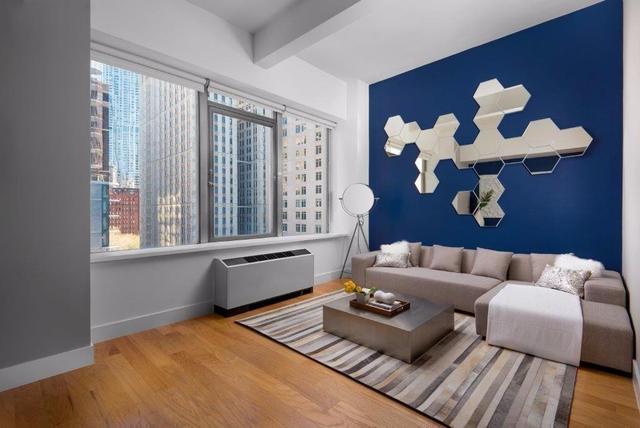
Split Level Houses – A Complete Guide
By: ROS Team
Split-level houses are a popular architectural style that offer unique benefits for families and homeowners. In this post, we’ll explore the history and features of split-level houses, and provide tips for buying them.
What is a Split Level House?
A split-level house is a type of single-family home with multiple levels, which are connected by short sets of stairs. This unique architectural design provides distinct living spaces on different levels while maintaining a cohesive structure.
It offers homeowners the opportunity to have separate areas for entertaining, relaxing, and privacy within the same dwelling.
Split-level homes gained popularity during the 1960s and 1970s and continue to be a favored choice among homeowners today. They are often considered a favorable compromise between single-story and two-story houses, combining the advantages of both types of dwelling.
Types of Split Level Homes
There are several types of split-level houses, each with its own distinctive features and design elements. Here are some of the most common types of split-level houses:

1. Standard Split
This is the most common type of split-level house, with an entrance at the ground level leading to open living space. From there, steps lead to the bottom levels, where there’s often a den, garage, or game room.
Other stairs lead to the middle level, where a dining room, kitchen, half-bath, and second living room are commonly present. The third floor usually has full baths and several bedrooms.
2. Split Foyer
This type of split-level house has a small entryway that leads to a short staircase going up to the main living area and another staircase going down to the basement level. The main living area usually includes a living room, dining room, and kitchen.
3. Split Entry
This type of split-level house has a larger entryway than the split-foyer, with a staircase leading up to the main living area and another staircase leading down to the basement level. The main living area usually includes a living room, dining room, and kitchen.
4. Stacked Split
This type of split-level house often has four or even five floors and just as many flights of stairs connecting them. Like traditional split-level style homes, stacked splits feature an entrance at the ground level situated between the lower and middle-level storeys. Most of the bedrooms are above the garage.
5. Side Split
This design features every single level visible from the front of the house. The house is divided into multiple levels, but you can see every story when standing outside on the curb.
6. Back Split
This design is divided into multiple levels, but you can only see one story when standing outside on the curb. The split levels can only be seen when you walk to the side of the house, while two stories are visible from the back.
Pros and Cons of Split Level Homes
Pros:
Efficient Use of Space
Split-level homes offer a practical solution for optimizing space, particularly on sloping lots. By utilizing different levels, these homes allow for the creation of separate areas dedicated to various activities.
Good Flow
Split-level homes often boast a seamless flow, where short sets of stairs connect the various levels. This facilitates effortless movement throughout the house, fostering a sense of spaciousness and openness.
Privacy
Split-level homes can offer a good sense of privacy, as the different levels can be used to separate different areas of the house. For example, the bedrooms can be located on one level, while the living areas are located on another level.
Versatility
Split-level homes offer great versatility, making them adaptable to the diverse needs of different families. For instance, the lower level presents an opportunity to create an in-law suite or a dedicated home office space.
Cons:
Staircases
Split-level homes have multiple levels, which means that they also have multiple staircases. This can be a challenge for people with limited mobility.
Heating and Cooling
Split-level homes can be more difficult to heat and cool than other types of homes. This is because the different levels can create different temperature zones.
Maintenance
Split-level homes may require more maintenance than other types of homes. This is because the different levels can lead to problems such as leaks and cracks.
Tips for Buying Split level Homes
Understand the Different Types of Split-level Homes:
As mentioned earlier, there are several types of split-level homes, each with its own unique features and design elements. It’s important to understand the different types to make an informed decision.
Consider the Layout:
When considering the layout, it’s important to note that split-level homes often boast a unique arrangement that might not suit everyone. It’s crucial to evaluate how this layout will accommodate the needs and lifestyle of your family.
Inspect the Home Thoroughly:
To ensure a thorough evaluation, it is essential to have a professional inspect the home when making the purchase. This step applies to any home buying process and helps in identifying potential issues or required repairs that may be present.
Research the Neighborhood:
Look into the neighborhood where the split-level home is located to ensure it’s a good fit for your family.
What is the Average Cost to Build a Split-Level Home?
The average cost to build a split-level home in the United States in 2023 is between $200 and $300 per square foot. This means that a 2,000 square foot split-level home would cost between $400,000 and $600,000 to build.
What’s the Difference Between a Split-Level vs. Bi-Level House?
The main difference between a split-level house and a bi-level house is the number of levels. A split-level house has three or more levels, while a bi-level house has two levels.
| Feature | Split Level House | Bi Level House |
| Number of Levels | 3 or more | 2 |
| Layout | Different levels are connected by half-flights of stairs | Two levels separated by a full flight of stairs |
| Flow | Open and flowing | More distinct separation between levels |
| Common Uses | Main living areas on the middle level, bedrooms on the upper level, and garage and/or utility room on the lower level | Main living areas on the upper level, bedrooms, and garage on the lower level |
Split Level House: Takeaway
Split-level houses can be a great option for homeowners who are looking for a home that is both spacious and versatile. They are especially well-suited for families with children, as the different levels can be used to create separate areas for different activities.



